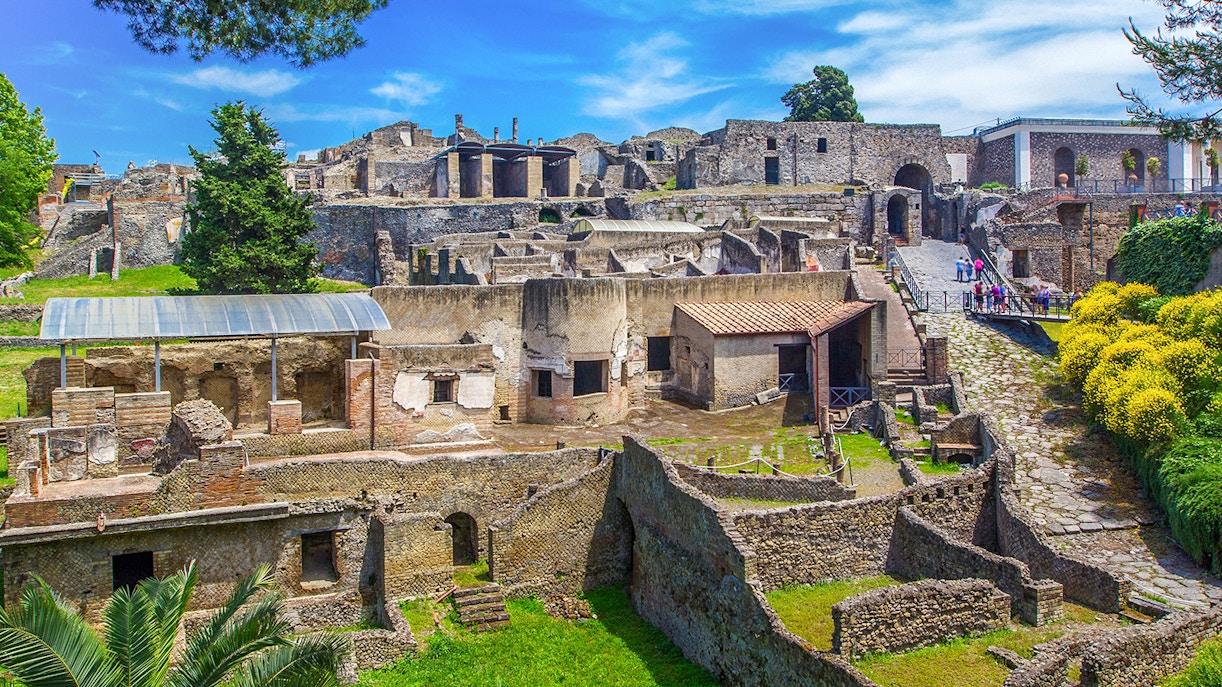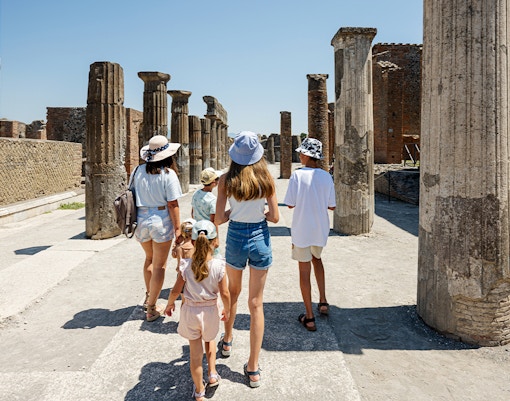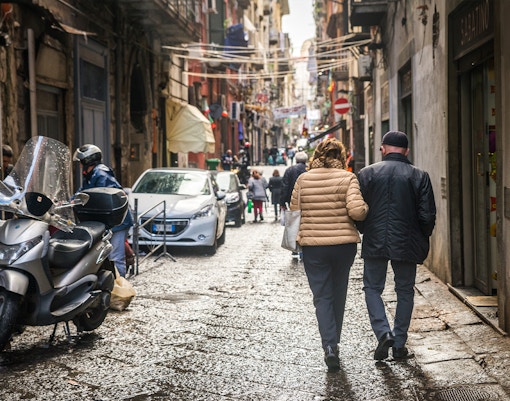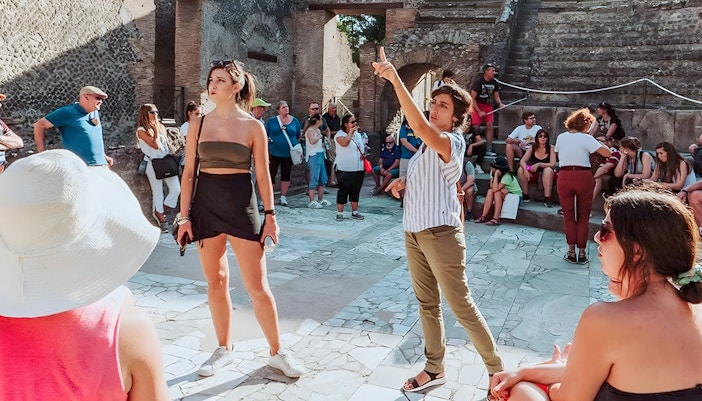Pompéi subit le meilleur et le pire de la nature. L'été apporte la lumière nécessaire à la région, projetant des ombres qui révèlent des détails complexes et minutieux du site. L'automne apporte des couleurs chaudes avec la chute des feuilles, symbole du passé tragique de la ville. L'hiver ajoute plus d'intrigue et de calme, vous invitant à contempler l'histoire et la culture de l'ancienne cité romaine. Enfin, le printemps vient redonner vie aux ruines autrefois enterrées, en ajoutant des fleurs sauvages éclatantes et des arbres en fleurs dans les rues.








